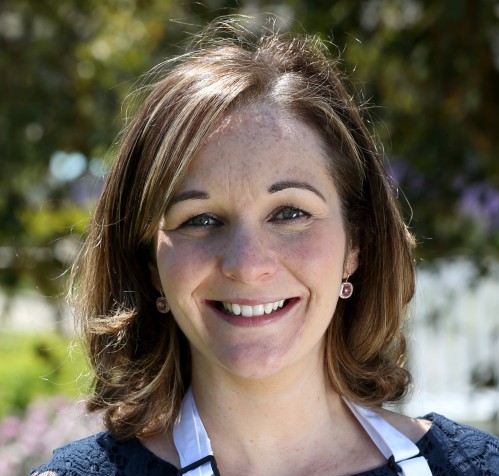In the First 1000 Days, the food your toddler eats not only affects their health now but it actually has a huge impact on their health right into adulthood. But often it can be quite confusing trying to read labels on foods, making it difficult to make healthy food choices for your toddler.
Ingredients
Every packaged food has to have the list of ingredients on it. The ingredients are listed in descending order — so the ingredient that is used in the greatest amount will appear first on the list. This is handy to know because if you see sugar or salt somewhere near the start of the list you will know the food has a lot of these in it and it would be best to avoid giving this food to your toddler.
If your toddler is allergic to any type of food the list of ingredient will have these foods listed also. At the bottom of the list of ingredients it may say “Contains Milk” or “Contains Soya” or any other allergen that is in the food.
Nutritional Information
Most foods will show how much of each nutrient is in the food in a table on the packaging — they may show how much of the nutrients are in 100g of the food and/or in a single portion of the food.
But what does this all really mean for your toddler?……
Well if foods show the Recommended Daily Amount, Guidelines Daily Amount or Recommended Nutrient Intake it is a good way of knowing how much of your toddler’s nutrient needs are met by the food.
Recommended Daily Amounts (RDAs) tell us the amount of each nutrient we need in a day. When we see them on a food we can find out how much of the RDAs the food is giving us for each nutrient. But usually on foods these are adult RDAs which are not the same as your little toddler’s RDAs. Foods specifically for toddlers may display the RDAs for toddlers and this is quite a good way of knowing how good a food is for your little one.
Guideline Daily Amounts (GDAs) of different nutrients may also appear on food packaging but are for adults or children (5-10 years). So they don’t really mean a lot at all for your little toddler.
Reference Nutrient Intakes (RNIs) on foods gives the recommended intake of nutrients for specific ages. But for most foods you buy these will be only relevant for adults. But foods specifically for toddlers will have RNIs which will be relevant to your toddler. Again it’s just a nice helpful way to see what the food is giving your toddler in terms of nutrition.
Salt
It’s best to choose foods that have ‘no added salt’. This is usually stated on the packaging. Too much salt can give your toddler a preference for salty foods in the long term and can also have a negative effect on their blood pressure as an adult.
If the food does contain salt, however, make sure that it is low in salt by checking the nutritional information.
If a food is low in salt it will have:
- ≤ 0.3g salt per 100g/100ml
- ≤ 0.12g sodium per 100g/100ml
Sugar
Another important thing to look out for is the sugar content of the foods you buy for your toddler. Sometimes we think we are buying really healthy foods when in fact they are packed full of sugar!
Too much sugar is bad for your little one’s teeth and can lead to obesity when they are older. Try and choose foods, where possible, that have ‘no added sugar’. Again this may be stated clearly on the packaging. Otherwise you can read through the list of ingredients to see if sugar is in included.
And don’t be fooled!……sometimes sugar can be listed as a different name such as one of the below:
Alternative Names for Sugar on Food Labels
- glucose
- sucrose
- maltose
- corn syrup
- honey
- hydrolysed starch
- invert sugar
- fructose
If a food does contain added sugar just make sure that it is ‘low in sugar’ by checking the nutritional information.
If a food is low in sugar it will have:
- ≤ 5g sugar per 100g solid food
- ≤ 2.5g sugar per 100ml liquids
Remember some nutritious foods contain naturally occurring sugars and will state ‘Contains naturally occurring sugars’ on the label. You do not need to avoid these for your toddler.
Should I Choose Low Fat Foods for My Toddler?
Remember your toddler is not a mini-adult and has different nutritional needs. As your toddler is growing very quickly and needs lots of energy, it’s not a good idea to choose low-fat/fat-free foods or to have them follow a low fat diet.
In saying that, some foods are high in fat but don’t give your toddler any other nutrients, for example crisps, biscuits, cakes and pastries. Try to avoid giving your toddler these foods if possible or only occasionally give them as treats when they are a little bit older.



